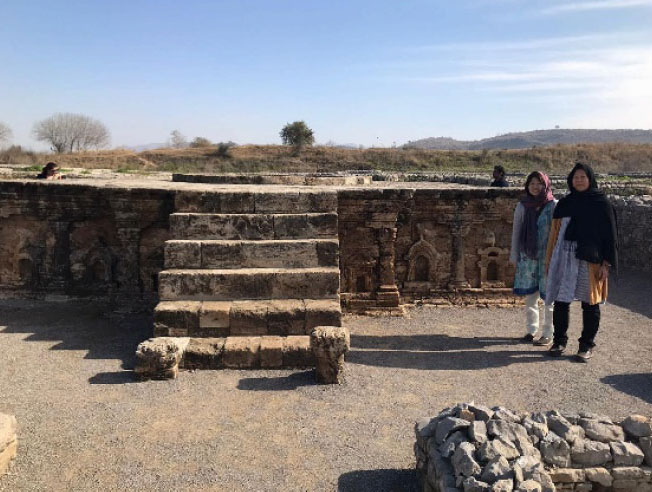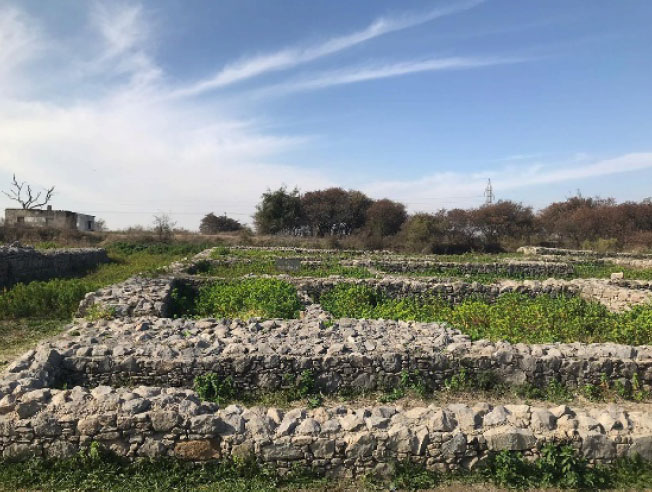Taxila: World Heritage Site in Pakistan
MURAKAMI Izumi
Expert (for Pakistan Immunization Project)
I visited Taxila, a World Heritage Site, on a holiday. First, I studied the outline at the museum, then went to the city ruins.
Taxilla is the World Heritage Site located about an hour's drive west of the capital Islamabad, whrere prospered as a trading city from the Gandhara era (“that song” echoing in my head again and again) in the 6th century BC to the 6th century AC.
Gandhara is an ancient nation that existed from current Afghanistan to Pakistan, and Taxilla was the largest international cities in Gandhara, and the at the crossroads of Eastern and Western civilization. At the time of Alexander the Great's eastern expedition in the 4th century BC, Taxilla was already formed as a city-state, and it was an important place for Hinduism, Buddhism, politics and economy because it was located at the crossroads of trades connecting various places. We can see the remains of urban ruins with different cultures such as Persia, Greece, and Kushan. One of the ruins remains the well where 12 Apostles Thomas baptized the converts during the missionary(!).
Dharmaraja is one of the oldest Buddhist remains in Pakistan. It was constructed in the time of King Ashoka, who was devoted to Buddhism (for your information, King Ashoka also built a stone pagoda in Lumbini, the birthplace of the Buddha in Nepal). After collecting the Buddha's relics, he built the main stupa with the height of 15m and diameter of 50m. We can view the surrounding small stupas, shrines and monasteries. The photo shows the main stupa. It was a quiet and very good World Heritage Site.

